LUST
The middle ages 1115:
The tragic story of Heloise and Abelard ends with his castration and her becoming a nun. But before that, they had a lot of fun.
Forbidden Love
[Abelard]
Her mind is as sharp as a razor blade, but it’s her curves that make me fade,
I´m madly in love with my Heloise, she blows my mind and bends my knees.
I am a man, I´m god´s creation, I don´t fear anything (except castration),
Knowledge and philosophy, all these things belong to me, and most of all .. so does she !
[Heloise]
His mind may shine, his words may impress, but he becomes speechless when I undress.
He matches my mind intellectually, I shout "OH MY GOD" - that´s theology ...
He is my man, he´s god´s creation, in the study or in bed, a real sensation,
Knowledge and philosophy all these things he teaches me, and more than that:
he learns from me.
[Both]
the social norms in our medieval time, are prudish beyond compare,
our love’s considered a sinful crime, so we are having a secret affair.
Passion and love are both God's creation, why aren’t we allowed to have a relation?
Hugging, kissing openly, not just cuddling secretly - You crave all that? So do we!
To hell with your society, the uptight rules of piety,
you claim you are right --- So do we!
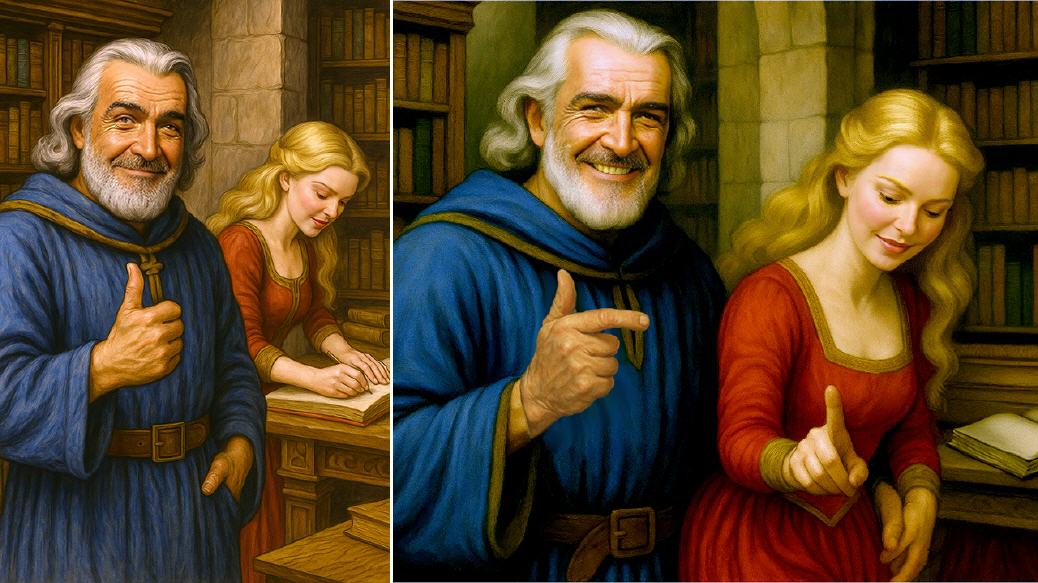
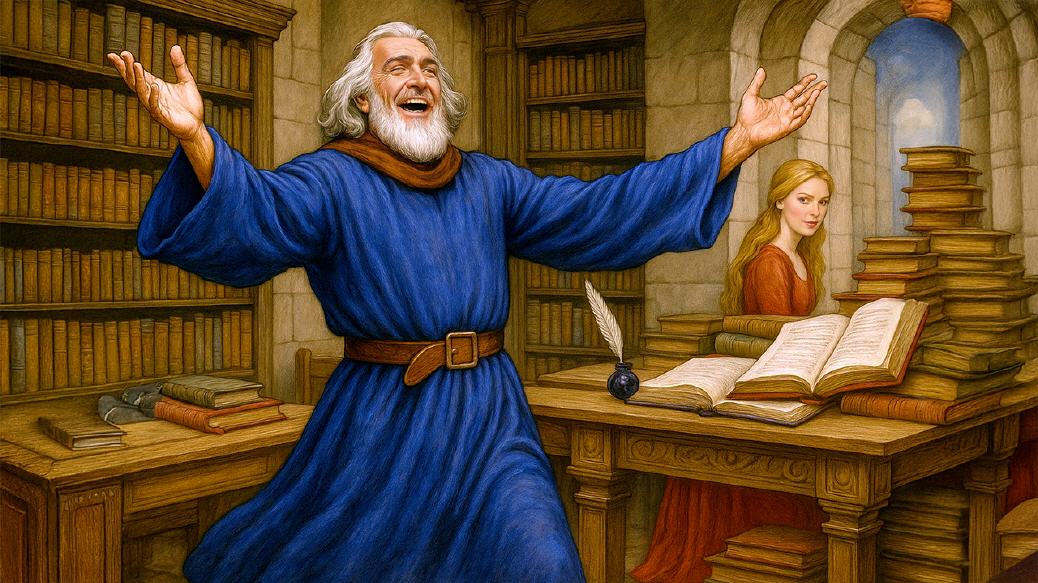
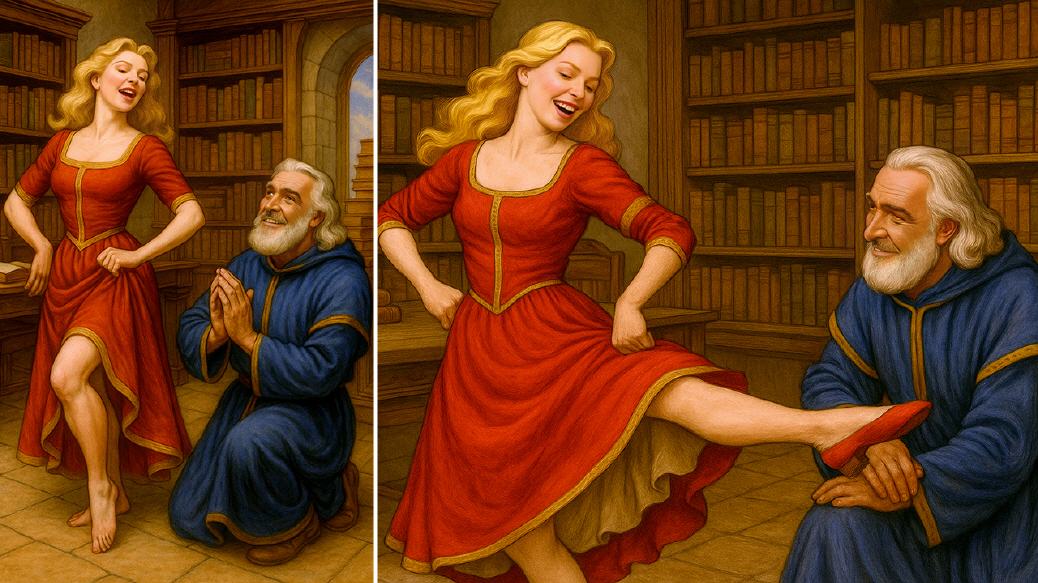
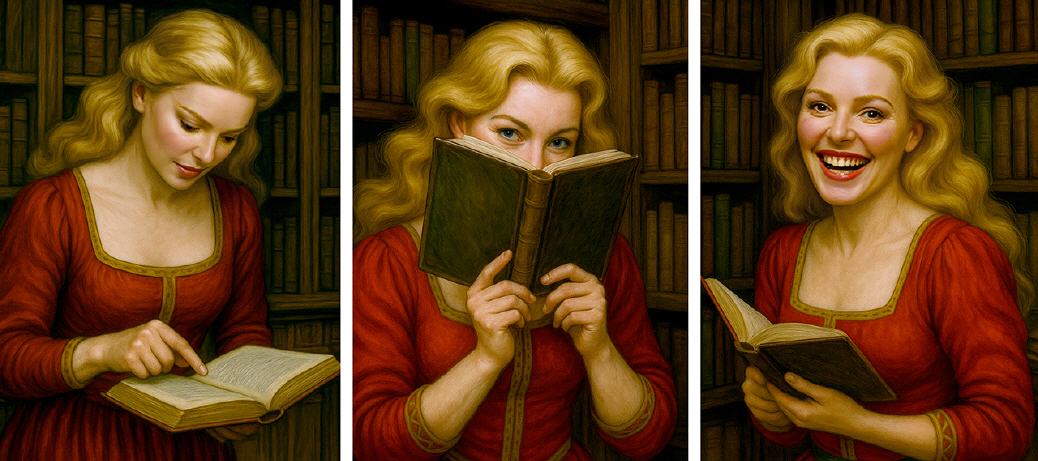
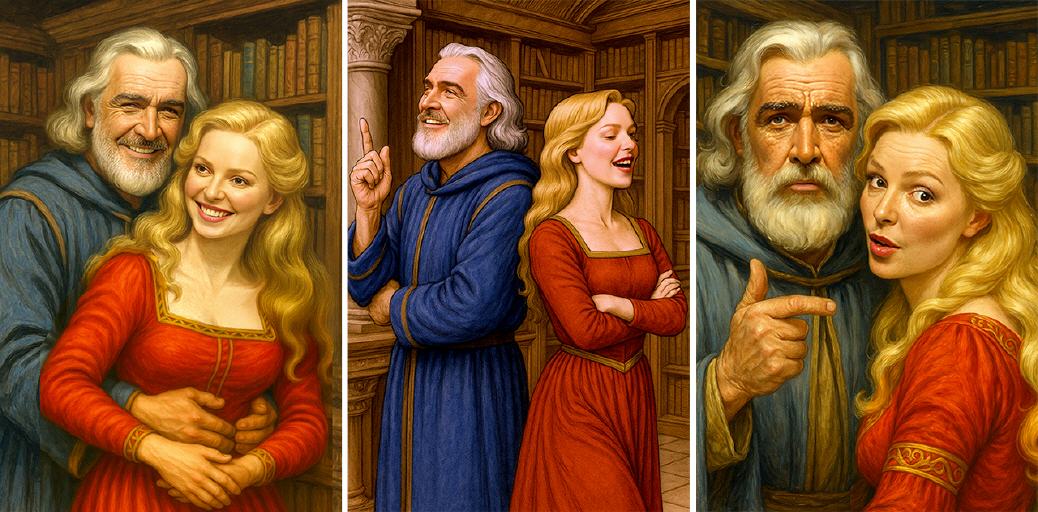
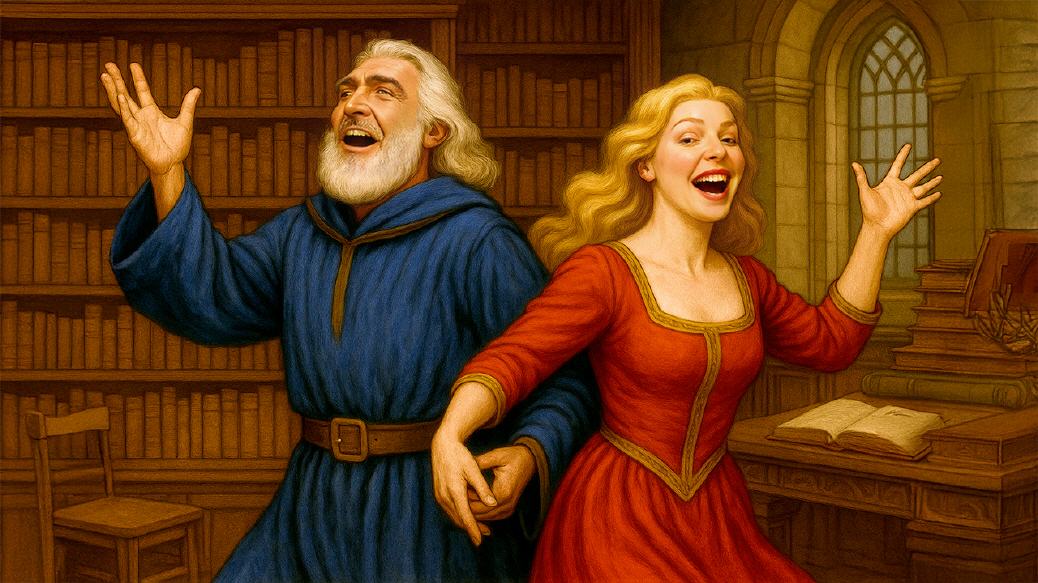
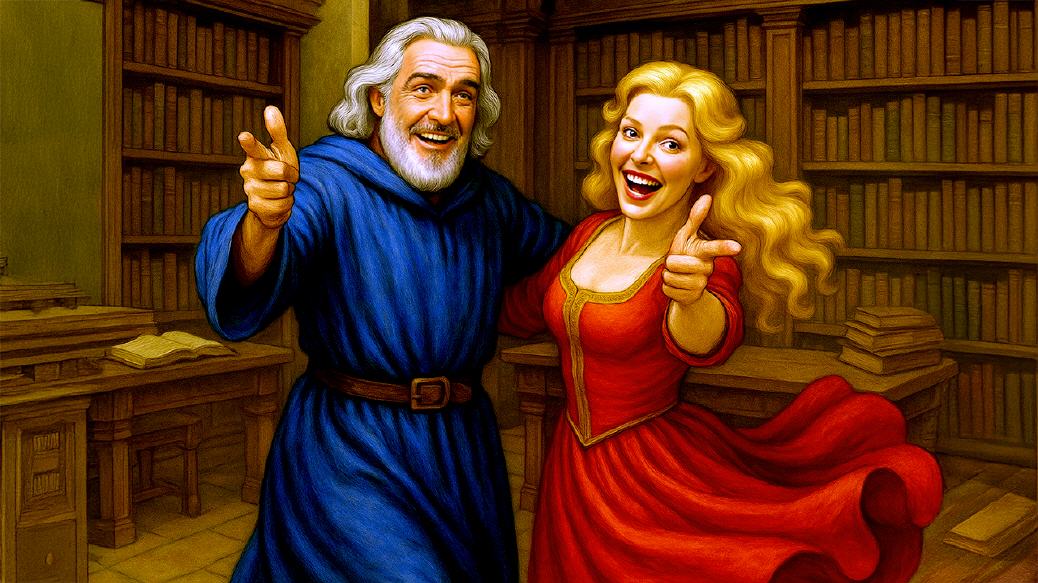
The tragic story of Abelard and Heloise is one of the most famous true love stories of the Middle Ages, blending romance, scandal, and heartbreak.
Pierre Abelard, a brilliant philosopher and teacher in 12th-century Paris, fell in love with his equally gifted student, Heloise, the niece of Canon Fulbert. Their passionate affair led to a secret pregnancy, a secret marriage, and eventually, disaster.
When Fulbert discovered the affair, he was outraged. Although Abelard and Heloise had married in secret to preserve his career and her reputation, Heloise denied it to protect Abelard. Furious, Fulbert arranged for Abelard to be castrated by hired men.
After this brutal event, Abelard became a monk, and Heloise was forced into a convent. Despite being separated for life, they maintained a profound and passionate correspondence, discussing love, philosophy, and religion. These letters survive and reveal the depth of their emotions and intellect.
Their story is often seen as the ultimate symbol of doomed but eternal love, where intellect, passion, and faith collide in a world of rigid social and religious norms.